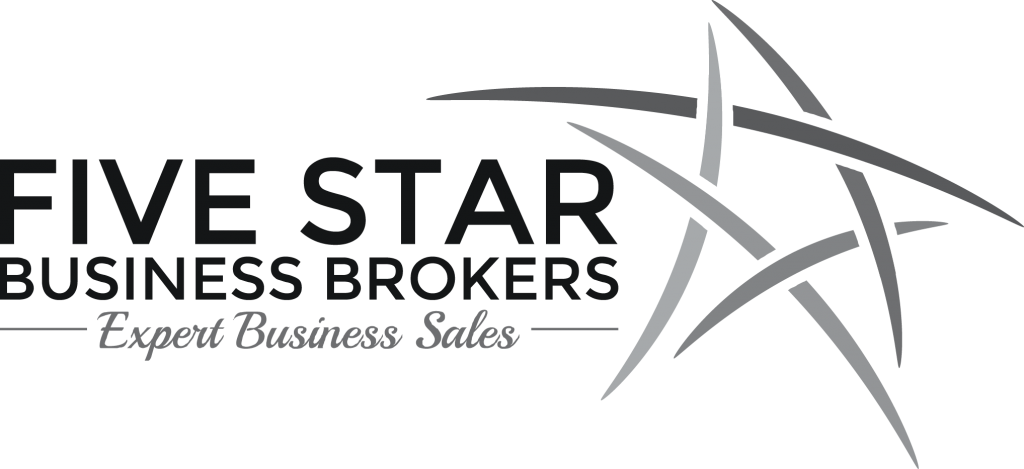What is ‘Flipping A Business’?
When the real estate market heats up, many investors attempt to flip properties. This is attempted by buying distressed properties (for cash), fixing them up, and then within a few months flipping the properties by selling them at a significantly higher price. Some investors have had success with such an approach in the real estate market, and some business buyers attempt to similarly flip businesses. Such buyers attempt to buy businesses at bargain prices (always a good idea), improve the sales and profits of the business, and then flip the business by selling the business for a higher valuation within a few months based on the recent improvements.
Why Flipping A Business Usually Does Not Work
- Buyers of businesses simply do not pay a premium for businesses unless the business has a sustained track record of sales and profits justifying the purchase price.
- At the minimum, business buyers will want to see at least 12 months of provable sales and profits that justify a premium business valuation.
- Business valuations ultimately depend on the seller’s annual adjusted owner benefit.
- The owner benefit represents the economic benefits that the seller truly derives from the business.
- This includes unrecorded sales, depreciation, the owner’s personal expenses that are expensed through the business, and payroll that the owner (or their family members) derive from the business.
- The valuation of the business is typically a multiple (somewhere between 2 – 4 times generally) of the owner benefit for the last 12 months.
- Moreover, a common valuation technique of valuing businesses is assigning a multiple to the average of the seller’s owner benefit for the last three years.
- When one is flipping a business, the business is owned for only a few months by the seller and will not have the historical level of owner benefit that justifies a premium valuation the flipper is seeking.
- In fact, the business usually was losing money or just breaking even prior to the flipper’s bargain basement purchase.
- Absent unusual circumstances, flipping a business on a short-term basis usually does not work.
Longevity of Business Operations Important
As discussed, buyers of businesses typically will want to see at least 12 months of financial records from a business in order to base the business valuation on its annual adjusted owner benefit. The business must have a sufficient track record to demonstrate the sustainability of the current business model. Even if a business has improved from prior ownership, the boost from sales must be shown to be more than temporary. Additionally, the business must be adequately and sufficiently staffed in order to properly serve its customers. A business that is improved but only operating for a few months has not necessarily proven that it has the staff and infrastructure in place to sustain the improved sales.
Physical Asset Value Improvements Help Flippers of Businesses
Some businesses such as restaurants or auto shops do receive higher business valuations based (in part) on their physical assets (including their leasehold rights). An auto shop with $200K worth of equipment, for example, will sell for a higher valuation than an auto shop with the same level of owner benefit but only with $50K worth of equipment. Also, a restaurant with a below-market lease and a fabulous $250K build-out of physical improvements will sell at a higher valuation than a restaurant with the same level of owner benefit but with a lousy lease and a $50K build-out. A flipper of either type of business that invests the time and capital in improving the physical assets or leasehold rights may receive a higher price.
Example of Attempted Restaurant Sale ‘Flip’
- It is fairly common in the restaurant industry for investors to try and ‘flip’ restaurants.
- No doubt this may be accomplished with much perseverance and some luck, but it is not an easy task.
- Let us suppose that Jim is on the hunt for a bargain-basement restaurant which he can flip for a higher price within three months after the sale.
- Jim decides to buy Shelia’s Pizzeria, and gets a great deal for only $50K.
- Shelia’s Cafe is losing money, generating $10K/week in sales, has a long term lease at $5K/month, and has about $50K of physical assets.
- After three months, Jim spends $100K on leasehold improvements by renovating the restaurant.
- Upon re-opening, the restaurant is generating $15K/week and Jim immediately wants to list the pizzeria for $300K.
- This would double his net investment of $150K ($50K for the business and $100K of renovation costs).
- The problem, however, is that very few buyers will assign a premium valuation to any restaurant that only has a few weeks of sales from which to measure its true worth and profitability.
- Customers are fickle and may not return after the pizzeria’s grand re-opening.
- The employees may quit over time or not be properly trained to properly serve the customers.
- New competitors or poor online reviews may quickly result in a drop in the restaurant’s sales.
- Most importantly, the profits of the restaurant (as a percentage of the sales) have not been measured over a significant period of time.
- While Jim would indeed receive more than his original purchase price of $50K, he may not receive much more than the total physical asset value of the restaurant.
A business valuation above and beyond the physical asset value depends on its intangible value. The intangible value is predicated on the business demonstrating sustained profitability over a sustained period of time. A business that lack a provable level of profits over a 12 month period of time seldom receives much more than the value of its physical assets.
Give Martin at Five Star Business Brokers of Palm Beach County a call today for a FREE evaluation of your business.
